
Tracking the Gotthard line
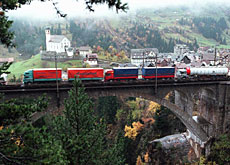
The future of the historic Gotthard line - one of the Swiss Federal Railways’ most celebrated mountain stretches – has yet to be decided.
Architect Karl Holenstein is helping to evaluate whether the line is worth preserving by creating an inventory of its architectural and engineering works.
Holenstein, who works for the Federal Railways’ heritage division, has spent much of his time in recent months walking the line, from Erstfeld on the northern side of the Alps in canton Uri through the Gotthard tunnel to Biasca on the southern side in canton Ticino.
No decision has been taken on what to do with the line after the opening of a new base tunnel in 2015-2017. It’s also unclear whether it should be included in a bid to have the region granted world heritage status by the United Nations Educational, Scientific and Cultural Organization (Unesco).
Holenstein’s field exercise is now over and the end product will be a catalogue of individual sheets and a DVD of what the Gotthard mountain stretch is all about.
Tunnel and spirals
On the architectural side, the inventory includes buildings along the line from kilometre 40 to kilometre 110, excluding the tunnel and the spirals that are a feature of the ramps on the north and south sides.
The buildings include stations, goods sheds, depots, power stations, maintenance shelters, cable sheds, administrative buildings, schools and housing.
On the engineering side, Holenstein has been examining retaining walls, bridges, water ducts, over- and underpasses, as well as tunnels.
“One of the challenges of the work was that rather than just registering the current state of the constructions we also needed to assemble background information, and here we really went into detail,” Holenstein told swissinfo.
“As well as assessing the current condition of the buildings, we looked very closely at archives, looked at how things were when they were built so that we could follow their development over the years.”
The catalogue and DVD will serve as a tool for the Federal Railways, the cantons of Uri and Ticino, and the federal authorities to decide what is particularly worthy of preservation.
Hidden highlights
For Holenstein, the architectural highlights of the line are a “bit hidden”.
“The typical stations that appear every so often are fascinating and were very carefully planned,” he told swissinfo.
“Another highlight of the period between 1920 and 1930 are the so-called Kabelbuden that appear every 800 metres or so along the line.”
These are small buildings put up at regular intervals to protect cable ends from the elements.
The cable was used for communication purposes but has been made more or less obsolete with the use of radio and satellites.
Holenstein says that once the cable no longer serves a purpose the buildings will be at risk.
“They are from my point of view absolutely worth protecting, although they are currently at great risk. For travellers, they are a kind of symbol of the mountain stretch of the Gotthard.”
And then there is the Gotthard tunnel itself: “Actually, it is a building. It is very fascinating, but for travellers it is very difficult to perceive it as such.”
Holenstein describes how condensation forms on the carriage windows owing to one of the particularities of this tunnel – its relatively high humidity.
“If you have the opportunity to actually stop in the tunnel and get out, you feel much more than in the train the pressure of this mass of rock that is above the tunnel,” he said.
Local culture
But the Gotthard mountain line alone is not going to be enough to merit recognition from Unesco.
“We are convinced that the whole culture around the Gotthard has to be included, and that means looking at all the changes that have taken place in the region, as well as the methods of transport that have been used to cross the Alps throughout history.”
While it is still much too early to say what will happen to the mountain stretch of railway once the new base tunnel opens, Holenstein is optimistic that it will be kept in service.
“I am absolutely convinced that the Gotthard mountain line will remain in service. In what form exactly is still open. Maybe the double track will be reduced to single-track operation,” he said.
But he adds that if the Swiss Federal Railways wants an alternative route for goods trains or if there is a problem with the base tunnel, it would make common sense to keep the “old” line operational with two tracks.
swissinfo, Robert Brookes
The inventory of the Gotthard mountain line will list between 300 and 400 items on the northern side of the tunnel and between 400 and 600 on the southern side.
The Federal Culture Office included the Gotthard line in its December 2004 report to Unesco as a possible future candidate for world heritage status.
The inventory will help the Swiss Federal Railways, as well as cantonal and federal authorities, decide what to do with it once the new base line tunnel opens in 2015-2017.
Construction work at both ends of the Gotthard tunnel began in 1872 with a large contingent of Italian workers. More than 2,500 were working at times.
There is a bronze plaque at Airolo station commemorating the 177 men who officially lost their lives. Modern research puts the death toll at closer to 200.
Apart from a single curve at the southern end, the tunnel is straight.
When the tunnellers met in 1880, the centre lines of the bore were only 18 cm out horizontally and ten cm vertically.

In compliance with the JTI standards
More: SWI swissinfo.ch certified by the Journalism Trust Initiative


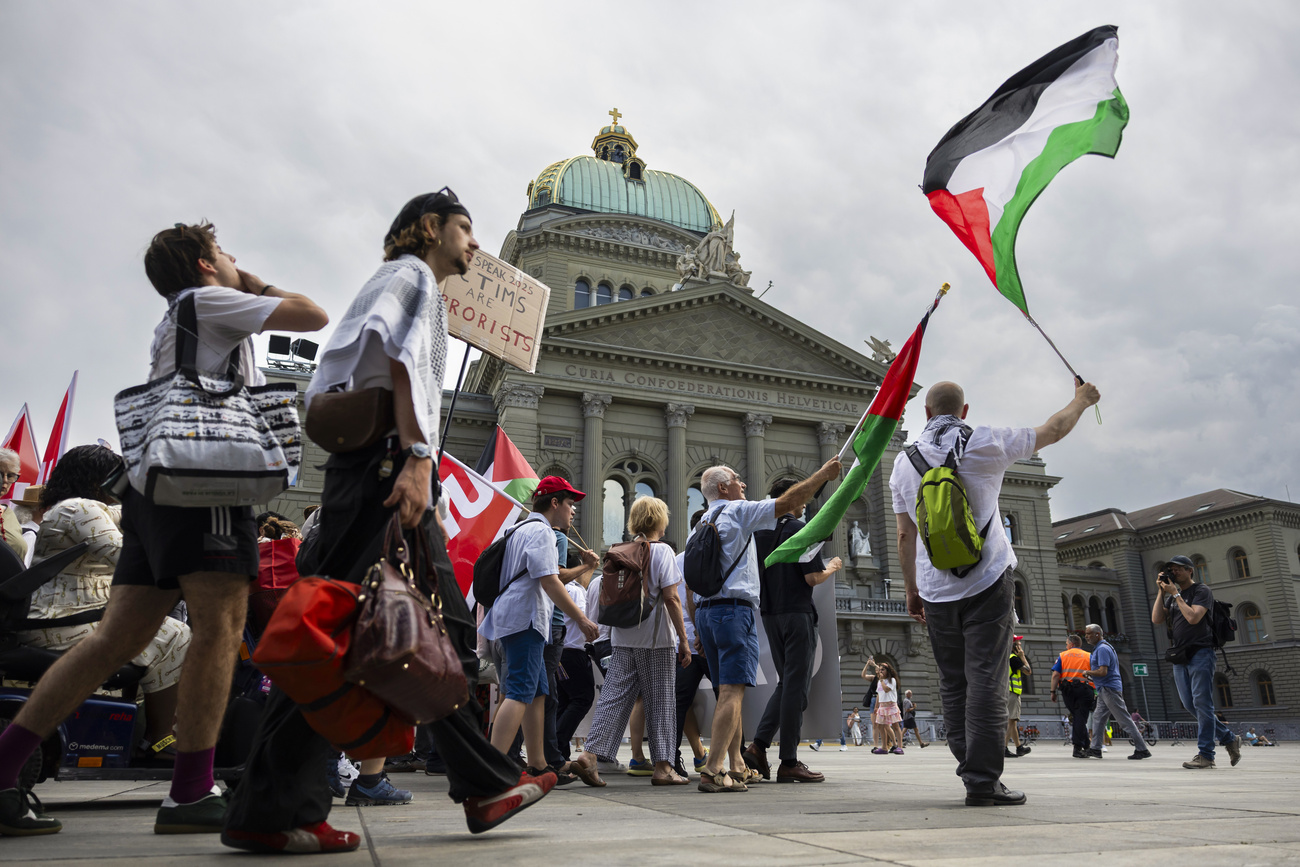


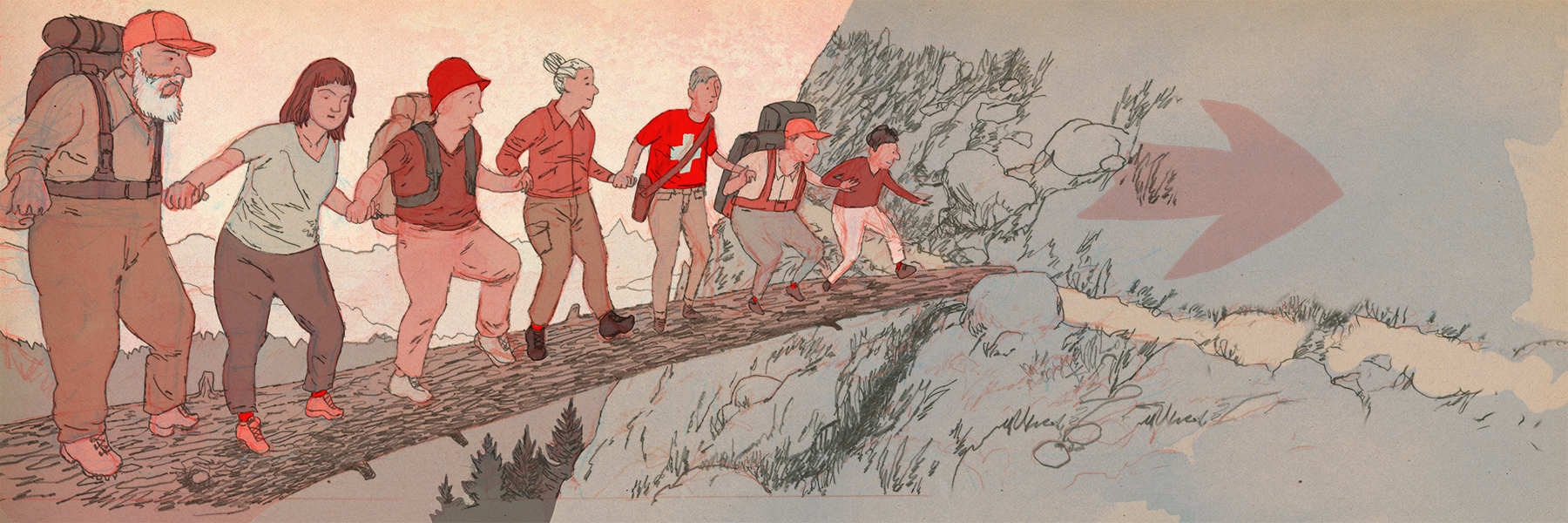






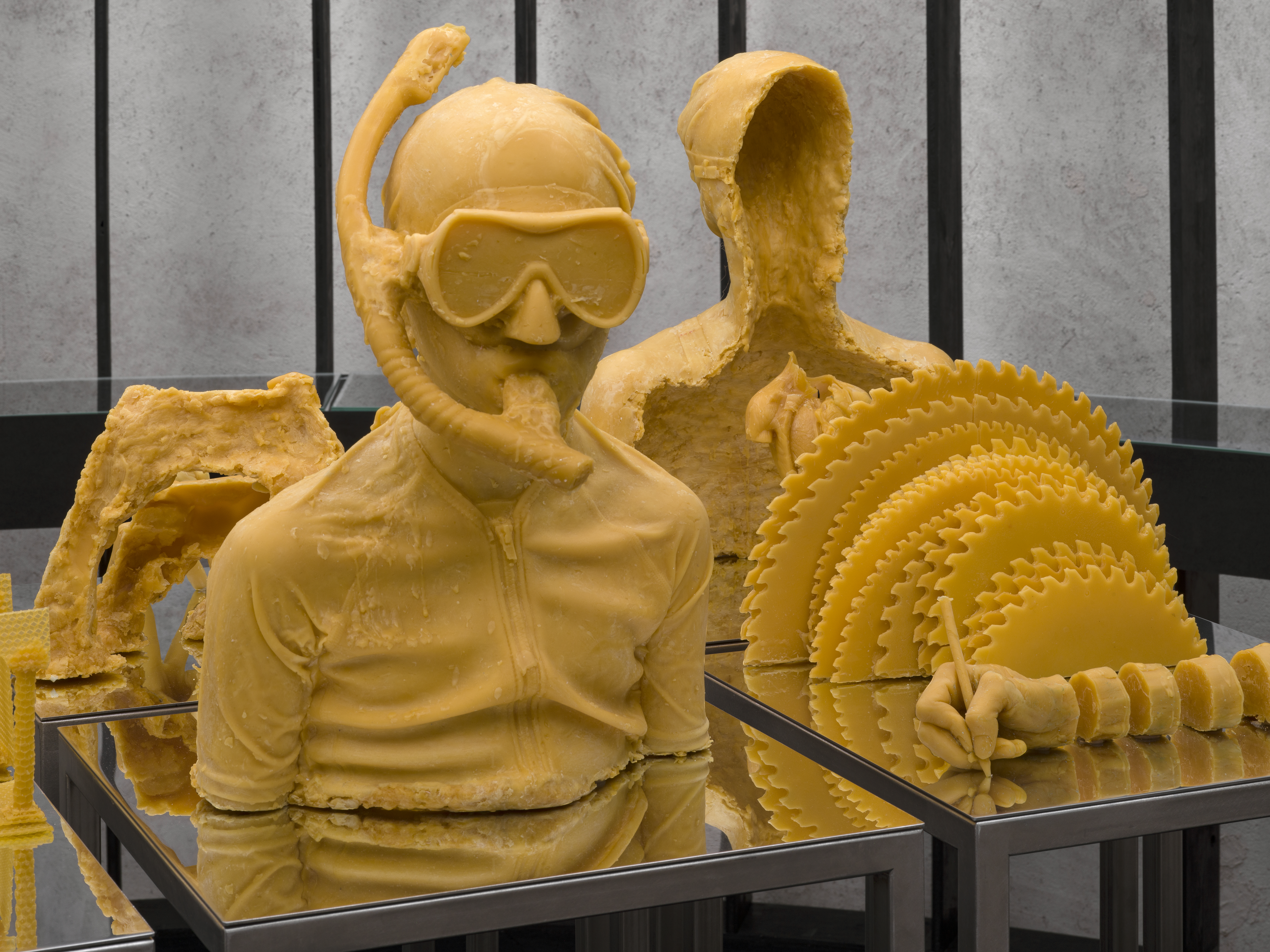
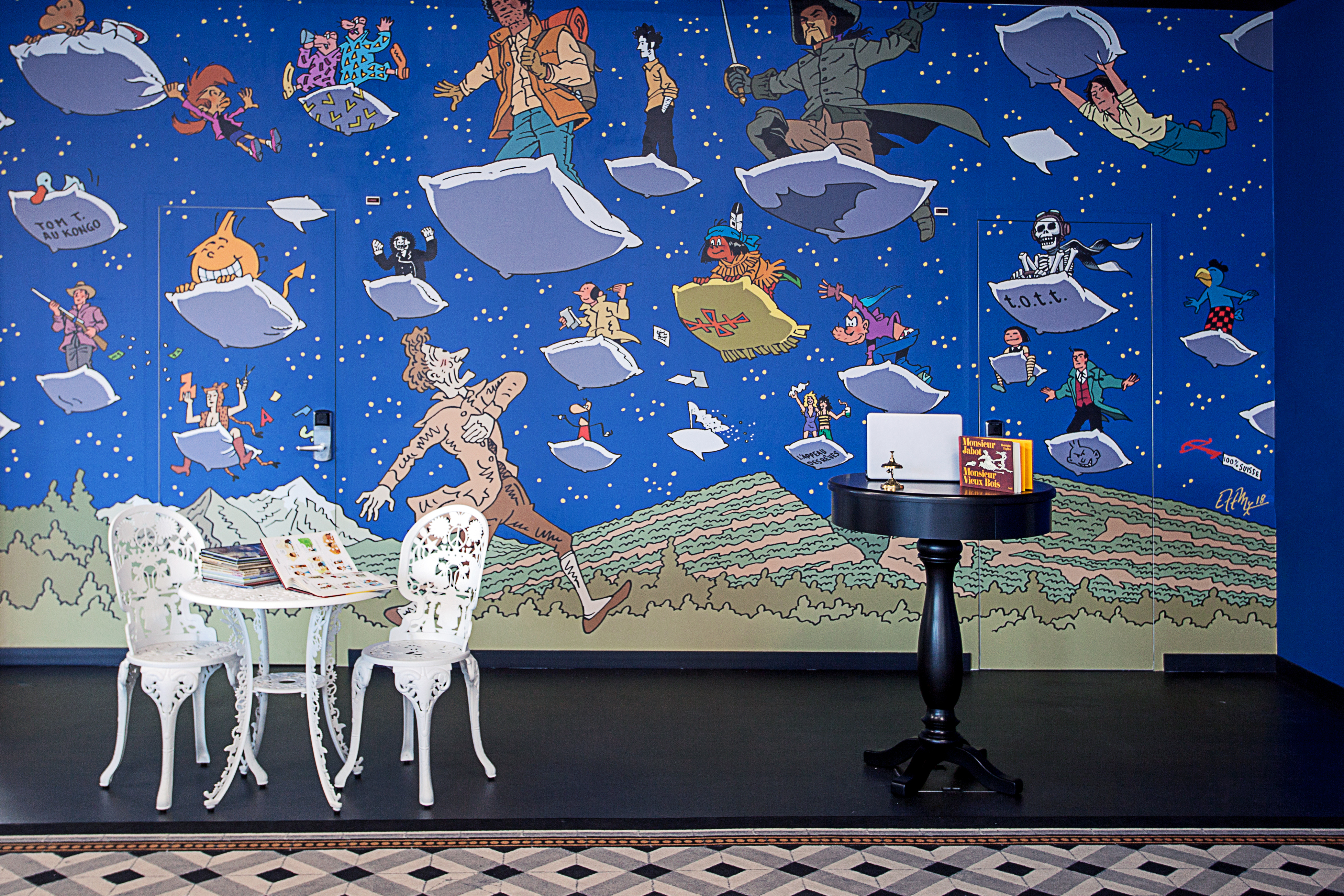












You can find an overview of ongoing debates with our journalists here . Please join us!
If you want to start a conversation about a topic raised in this article or want to report factual errors, email us at english@swissinfo.ch.